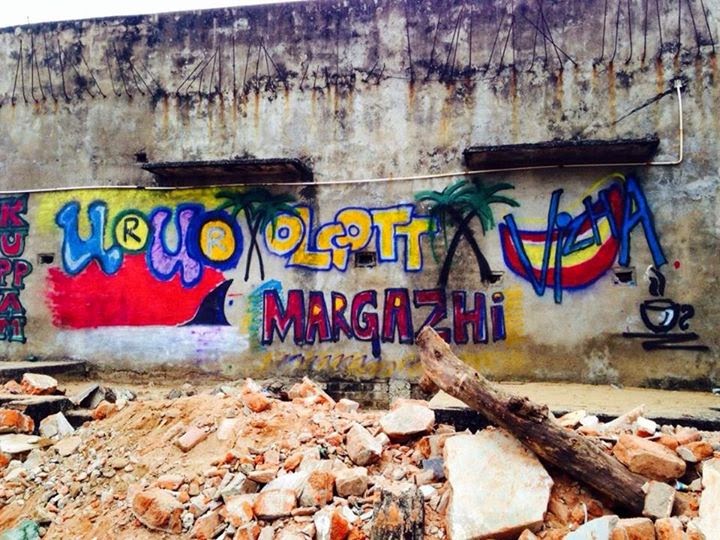When I told some of my friends and family about the Urur-Olcott Kuppam Margazhi Vizha, the reactions ranged from “Karnatik music and kuppam don't mix” and “This is the most ridiculous idea I have ever heard” to “Wow! It takes real courage to take Karnatik music to the fishing community.” Some embraced the idea in the right spirit and the others didn’t care.
Let us ignore the apathetic ones and the naysayers and address the category of people who seem to think that it is a great service to take an ‘elitist’ art form to the ‘subaltern’ society. First of all, let us stop talking in clichés. No lofty ideal is being propagated here nor is any art form superior to the other. While stereotypes and complexes may not vanish overnight (although one wouldn’t mind if this were to happen), the Margazhi Vizha is making a sincere effort to bridge any divide that may exist in people’s minds.
The Margazhi Vizha is about stripping classical music off its self-assumed sheen and exclusivity and helping its artists explore newer venues and audiences. Today the vizha is ‘celebrating oneness’ at the fishing village. Tomorrow, it may be deep inside the jungles or just around the street corner by the chai shop. The search for vibrant spaces will continue.
The vizha is also about providing a platform for various art forms to mingle and coexist. So, at the festival you will find Unnikrishnan and Jayanthi Kumaresh and Kattaikuttu artistes sharing centrestage with equal panache. You will hear no discordant note.
The vizha is about getting out of the comfort zone and letting the arts wander joyously with creative abandon. It is also about people embracing art as a way of life and not as a mere ‘additive’ to one’s social calendar.
This is the real big hope.
- Swetha Kannan
(a volunteer with the Margazhi Vizha)
